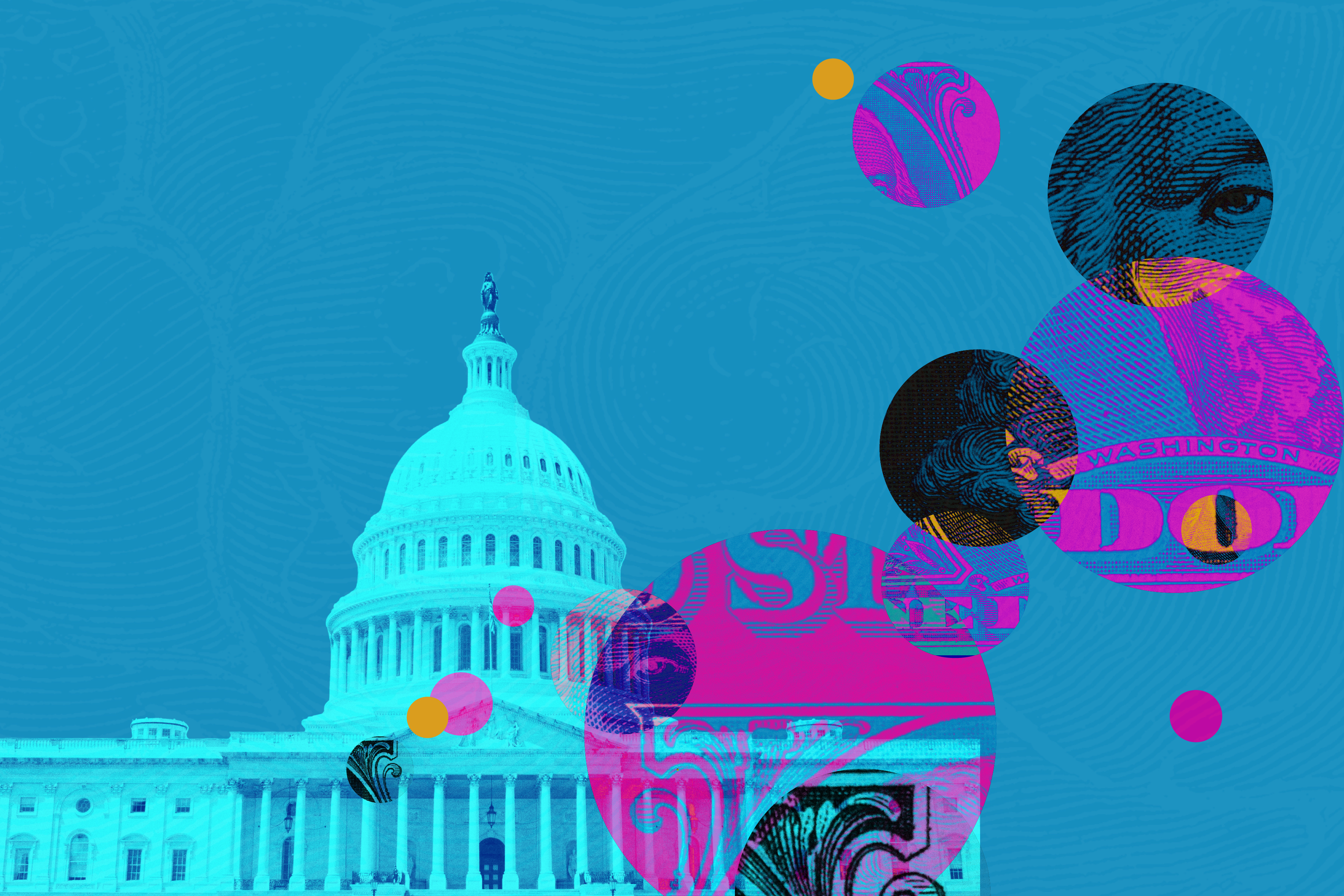Softer April CPI Stops the Bleeding on Fed Rate Cut Hopes
Services inflation remains sticky amid the better news in the April report.

Even as parts of the landscape remain problematic, the April Consumer Price Index report offered slight relief from recent bad news on inflation. Federal Reserve interest rate cuts are still seen as being on the table in 2024, though expectations remain significantly scaled back from just a few months ago.
The Bureau of Labor Statistics reported the CPI rose 0.3% for the month after rising 0.4% in March, below consensus estimates of a 0.4% increase. Core CPI, which excludes volatile food and energy costs, also rose 0.3%, below FactSet’s estimate of 0.4%.
Consumer Price Index
The softer-than-expected reading follows months of disappointing news from the CPI, whereby the significant progress toward reducing upward pressure on prices seen in 2023 largely halted. That backdrop of sticky inflation combined with solid economic growth led Fed officials to express caution about lowering interest rates until they have greater confidence in the outlook.
With Wednesday’s report, expectations inched higher that the Fed will cut rates in September and then one more time before year-end. “Today’s inflation news wasn’t great, but it stopped the bleeding for hopes of Fed rate cuts in 2024 after several months of disappointing data,” says Preston Caldwell, chief US economist at Morningstar.
April CPI Report Key Stats
- CPI rose 0.3% for the month after rising 0.4% in March.
- Core CPI climbed 0.3% after increasing by 0.4% in March.
- CPI climbed 3.4% year over year after increasing by 3.5% the prior month.
- Core CPI climbed 3.6% from year-ago levels after growing 3.8% in March.
Gas prices and the shelter cost index led the CPI’s April rise. “Combined, these two indexes contributed over 70% of the monthly increase in the index for all items,” the BLS said. Meanwhile, Caldwell notes that the below-expectations rise in core CPI saw a deceleration from March, largely due to smaller increases in transportation services costs (motor vehicle maintenance and insurance) and medical care services.
Change in Selected CPI Components
Services Inflation Remains High
Caldwell explains that motor vehicle insurance alone contributed 0.07 percentage points out of the April CPI growth of 0.29%. “Prices for motor vehicle insurance are now up 47% cumulatively since January 2020, far outpacing the 20% increase in new vehicle prices or 21% increase in vehicle parts prices,” he says. “It seems highly likely that inflation in motor vehicle insurance will plummet back to normal rates soon.”
When looking at inflation readings on a three-month annualized basis to smooth out the month-to-month noise, Caldwell notes that core CPI inflation slowed to 4.1% in April from 4.5% in March. That slowing was driven chiefly by shelter inflation falling to 5.0% from 6.1%. “Core CPI services inflation has been quite high at 5.7% annualized in the past three months,” he says. Core durables prices fell by 3.2%, while core nondurable prices rose by 3.2% thanks to higher clothing and drug prices. “We expect inflation to continue to drift downward in coming months, driven mainly by shelter and other core services,” Caldwell says.
CPI vs. Core CPI
PCE Readings May Not Be as Friendly
Combining the CPI and Producer Price Index data released Tuesday, the core Personal Consumption Expenditures Price Index should post a roughly 0.25% month-over-month increase for April, or a 3% annualized rate, Caldwell says. Meanwhile, the year-over-year core PCE should post at 2.8%, holding steady from March.
However, “the six-month annualized growth rate should tick up to 3.2%, the highest since July 2023,” Caldwell says. “We don’t think the Fed will contemplate cutting the federal-funds rate until the six-month annualized core PCE growth rate is back well under 3%, which we expect to occur in the July data, setting up for a likely rate cut in September.”
Fed Rate Cuts Still On the Table
In the wake of the April CPI report, expectations for a September rate cut from the Fed rose in the bond futures market, where traders place bets on the direction of interest rates. The central bank is now given a 54% chance of cutting rates by a quarter percent in September, up from 50% Tuesday and 49% a week ago.
In addition, the odds have risen of the Fed cutting the federal-funds rate target twice before the end of the year. The central bank’s current target rate range is 5.25%-5.50%. “Today’s inflation news keeps multiple rate cuts on the table for the second half of 2024. Our base case is two cuts in 2024—September and December—though three or four is not implausible with continued inflation progress in conjunction with weakening economic activity,” Caldwell says.
Federal-Funds Rate Target Expectations For September Meeting
The author or authors do not own shares in any securities mentioned in this article. Find out about Morningstar’s editorial policies.

/s3.amazonaws.com/arc-authors/morningstar/ed529c14-e87a-417f-a91c-4cee045d88b4.jpg)
/cloudfront-us-east-1.images.arcpublishing.com/morningstar/VUWQI723Q5E43P5QRTRHGLJ7TI.png)
/cloudfront-us-east-1.images.arcpublishing.com/morningstar/XLSY65MOPVF3FIKU6E2FHF4GXE.png)
:quality(80)/s3.amazonaws.com/arc-authors/morningstar/ed529c14-e87a-417f-a91c-4cee045d88b4.jpg)